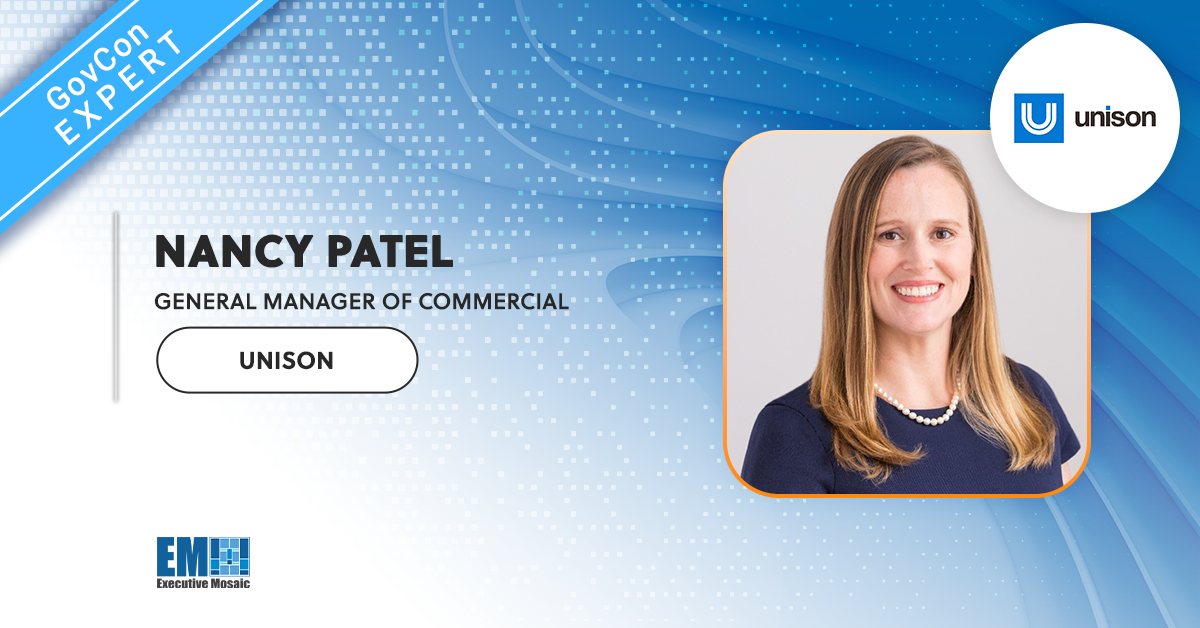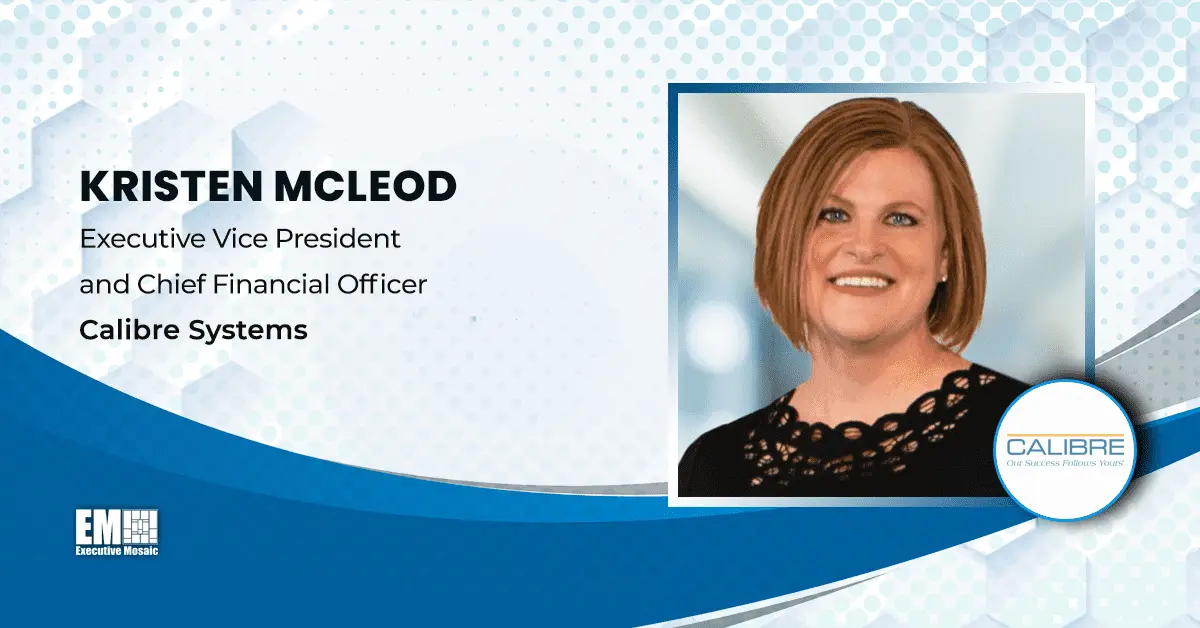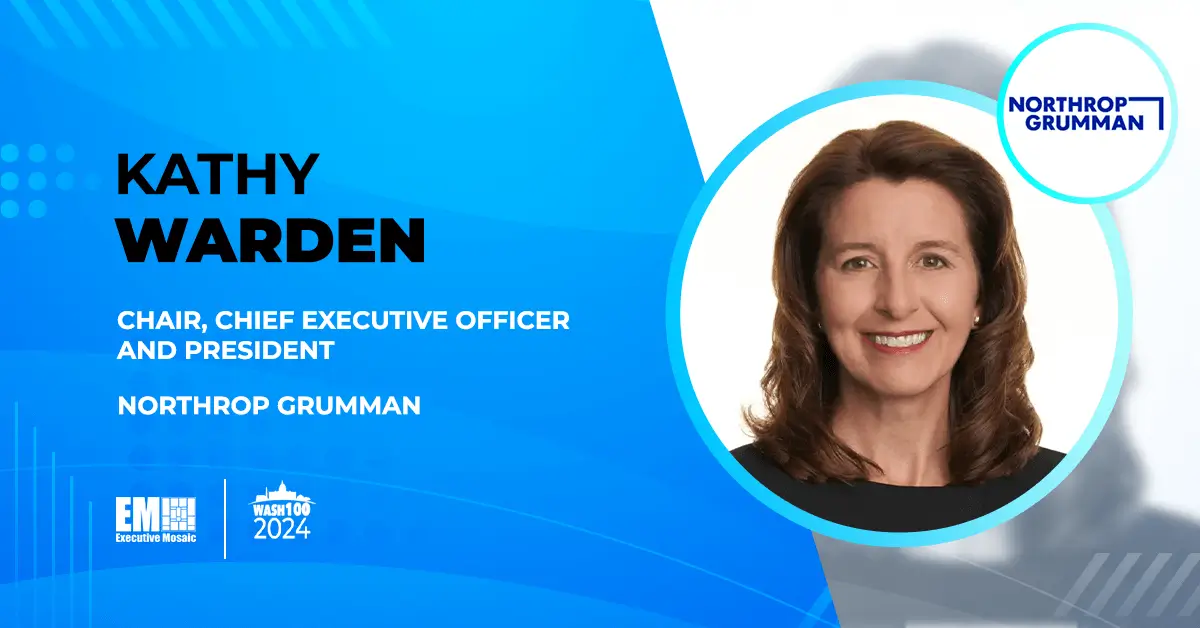By Nancy Patel, General Manager of Commercial at Unison
Risk realization based on cost overruns is a common theme across the globe in the modern era. The U.S. Department of Defense, the U.K. Ministry of Defence and many agencies and departments across the globe have made news with consistent issues, incorrectly forecasting program costs, leading to budget overruns. While these stories are all too common, we rarely look back at how we initially estimated and forecasted program costs and whether we took a strategic approach to understand and mitigate risks in our cost estimation process to ensure the successful execution of a project better. Understanding the cost build-up and how to measure and reduce risk before the requirements are complete or the design is started can lead to a much more successful program and fewer cost overruns, especially on major acquisitions. This might sound crazy – how could we possibly understand cost and risk before the design is even finalized? Let me explain what I mean.
When dissecting the composition of program planning, the cost-risk relationship emerges as a critical factor, often dictating the trajectory of projects long before they move from concept to reality. Every decision is a calculated step in program planning, making understanding cost influences on risk indispensable. A substantial portion of a project’s costs—estimated to be between 80 percent and 90 percent—is determined during the initial project design and development stages. Decisions made at this juncture can profoundly impact a project’s long-term affordability and, by extension, its viability. An inadequate assessment of the project’s technical and logistical risks can set a trajectory toward financial loss. Conversely, a data-driven analysis of cost sensitivity to the overall program can limit risk and ensure profitability.
Critical questions at the intersection of cost and risk
Risk is often focused on technical and schedule uncertainties. Risk analysis then informs the cost estimation process by identifying potential risks and their potential impacts on project costs. Conversely, cost analysis helps quantify the potential financial impact of risks. By assessing the likelihood and impact of various risks, project managers and program management teams can estimate the potential costs associated with each risk event, which is crucial for budgeting and financial planning. By deliberately introducing cost analysis into the risk management process, project management teams better ensure that budgets are realistic and include provisions for addressing potential risk events. The questions below are a starting point for integrating cost analysis into your risk management process.
- Where does the uncertainty in our cost estimate lie?
Identifying your estimate’s most significant risk drivers can highlight areas needing closer scrutiny or alternative strategies.
- How do our estimates compare to historical data?
Comparing current estimates to past projects can reveal patterns, expectations and potential financial pitfalls.
- Are we focusing on the right elements?
Identifying and quantifying the right cost drivers ensures that engineers and decision-makers prioritize the most high-impact items and mitigate their effects on program success.
- What is our reliance on SME insights vs. data insights?
Balancing the depth of subject matter expert insights with the speed and objectivity of data is vital for credible risk assessments.
- How are we measuring cost vs benefit?
By comparing the expected costs against the anticipated benefits and outcomes, decision-makers can make informed decisions about whether to proceed with a program, modify its scope, or explore alternative strategies to maximize value and mitigate risks.
Understanding cost drivers and their impact
Managing cost-related risks involves a deep dive into the project’s cost drivers and requires knowledge of both cost estimation and engineering practices. Knowing which elements of the cost estimate are most volatile or uncertain and which elements fundamentally drive cost up or down allows program managers to focus their risk mitigation efforts on the most sensitive variables. This process is becoming more reliant on hard data, striving for an estimate based on empirical evidence.
The next step beyond identifying and analyzing cost drivers is effectively communicating these identified risks and their potential impacts to the project’s stakeholders. This transparency endows decision-makers with the necessary knowledge to address uncertainties with confidence. This means that cost engineers can present a clear picture of the estimated cost as well as the risks associated with that estimate and how they might influence the project’s trajectory—enabling informed, strategic choices that shape the project’s successful path forward and get program decision makers to a more competitive bid or estimate.
Projects need to be performed and delivered under certain constraints. Typically, these constraints have been scope, time and cost. They also define the Project Management Triangle — i.e., cost, schedule and technical — with each side representing a constraint. One side of the triangle cannot be changed without impact on the others.
Consider the implications of budget adjustments on the project’s timeline and deliverables. For example, reducing the budget by $1 million might extend the project timeline, while a $200k reduction could necessitate design compromises. These scenarios underscore the importance of understanding the trade-offs between cost, time and quality—each adjustment can significantly alter the project’s risk profile and profitability.
Risk associated with technology obsolescence can also drive costs in a program. Program managers may now have the option to perform a “lifetime buy” of components to have the necessary spares available for the project’s lifecycle. Another option may be redesigning the component to include state-of-the-art technology that will be more easily supported across the product’s life cycle. Each option introduces risk to cost, schedule and ultimately to the technical solution offered to the end user.
The human element: SMEs vs. data-driven decisions
The relationship of SME insights against data-driven decisions presents a challenge in cost-risk analysis. While SMEs offer invaluable expertise and contextual understanding, their insights may sometimes carry inherent biases. These biases may result in overly pessimistic or overly optimistic predictions. For example, suppose the SME will be responsible for executing the program on time and on budget. In that case, the SME may incorporate more pessimism in the prediction such that project goals are more easily achievable. Suppose the SME is simply providing input but will not take part in execution. In that case, the SME may be overly optimistic by not considering factors that are not as easily quantified, such as the specific team makeup, experience and other qualitative factors.
Conversely, data-driven decisions may provide objectivity and move at a speed unattainable through human analysis alone. Care must also be taken to avoid bias within the underlying data itself. Historical data used in the decision-making process must be relevant to the project in question, accurately represent the outcome or conditions of past projects and should include enough data that capture optimal and suboptimal outcomes.
Striking this balance is essential for achieving a credible and unbiased assessment, combining the best of both worlds to inform strategic decision-making while freeing up high-value employees to do high-value work.
In their July 2003 Harvard Business Review article, “Delusions of Success: How Optimism Undermines Executives’ Decisions,” Dan Lovallo and Daniel Kahneman wrote that many business failures are the result of flawed decision-making and not the result of rational choices gone wrong. Both the article and Kahneman’s book Thinking Fast and Slow point out that cognitive bias often leads us to overestimate benefits and underestimate costs. This optimism tends to generate more enthusiasm and less realism. Biases come in many forms and have been extensively written about by Kahneman, Peter Wason and Nassim Taleb in his book The Black Swan.
A data-driven approach allows us to look at statistical evidence rather than anecdotes and has been shown to improve estimation accuracy, particularly for large-scale programs/projects.
The evolving role of technology
Technology should also play a critical role in the cost-risk analysis. Modern software is enhancing traditional methodologies, allowing for more sophisticated predictive models. These tools improve the precision of cost estimations and risk assessments by enabling project managers to simulate various scenarios and their financial implications before making concrete decisions. Incorporating technology into the risk management process streamlines the analysis and provides a data-driven, objective and transparent foundation for program planning. It also allows for many engineering and schedule scenarios to be run, thereby getting program teams to the most likely cost with the highest likelihood of on-time delivery and technical success.
The power of cost in decision-making
Both cost and risk analysis are inseparable and essential components of program planning, influencing budget allocation, resource management, cost-benefit analysis, budget monitoring and control, risk identification, assessment, mitigation planning and contingency planning. They ensure that projects are financially viable, well-managed and resilient to potential risks and uncertainties, enriching the overall decision-making process. It ensures that project managers are not just reacting to risks as they arise but are proactively planning for them, armed with a comprehensive understanding of how cost influences the program’s overall success.
Cost and risk analysis provides critical information for decision-making throughout the project lifecycle. Cost analysis helps evaluate the financial implications of different options, while risk analysis assesses the potential risks and uncertainties associated with each option. Together, they inform decision-making by balancing cost considerations with risk factors to optimize project outcomes.
This approach requires a blend of analytical rigor and strategic foresight to identify and quantify risks and understand the broader financial implications of decisions. In doing so, program planners can ensure that every decision is made with a clear understanding of its impact on the program’s cost and risk profile. Organizations can improve decision-making, control costs enhance program success by integrating cost and risk analysis into project planning and management processes.






